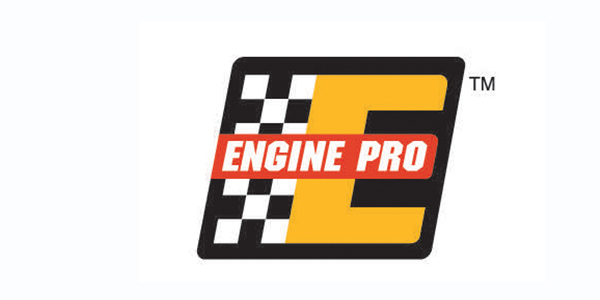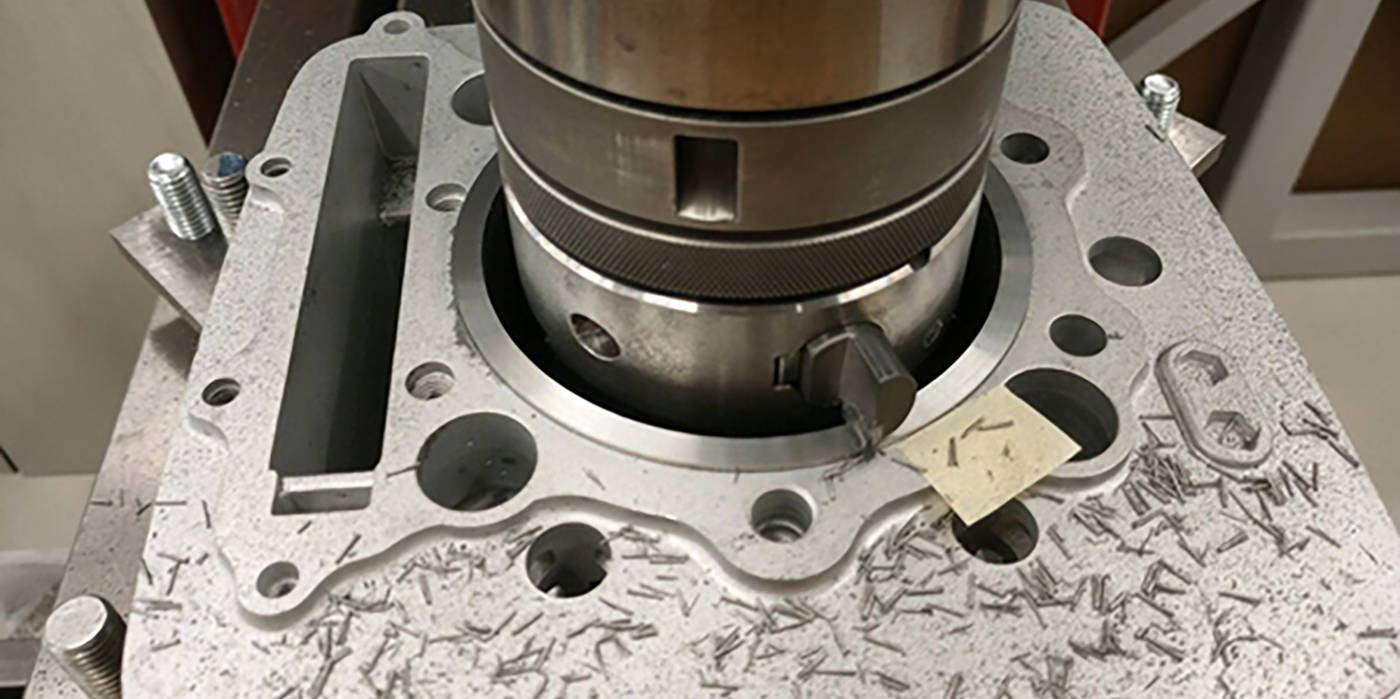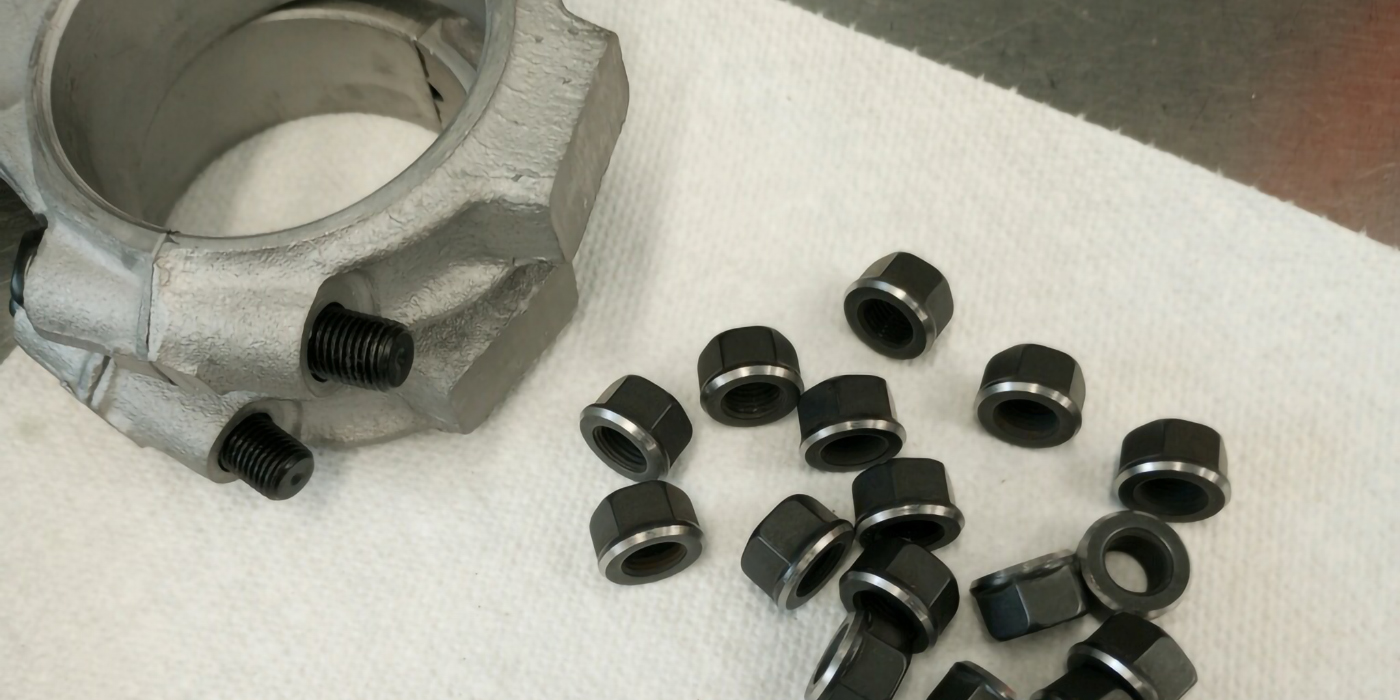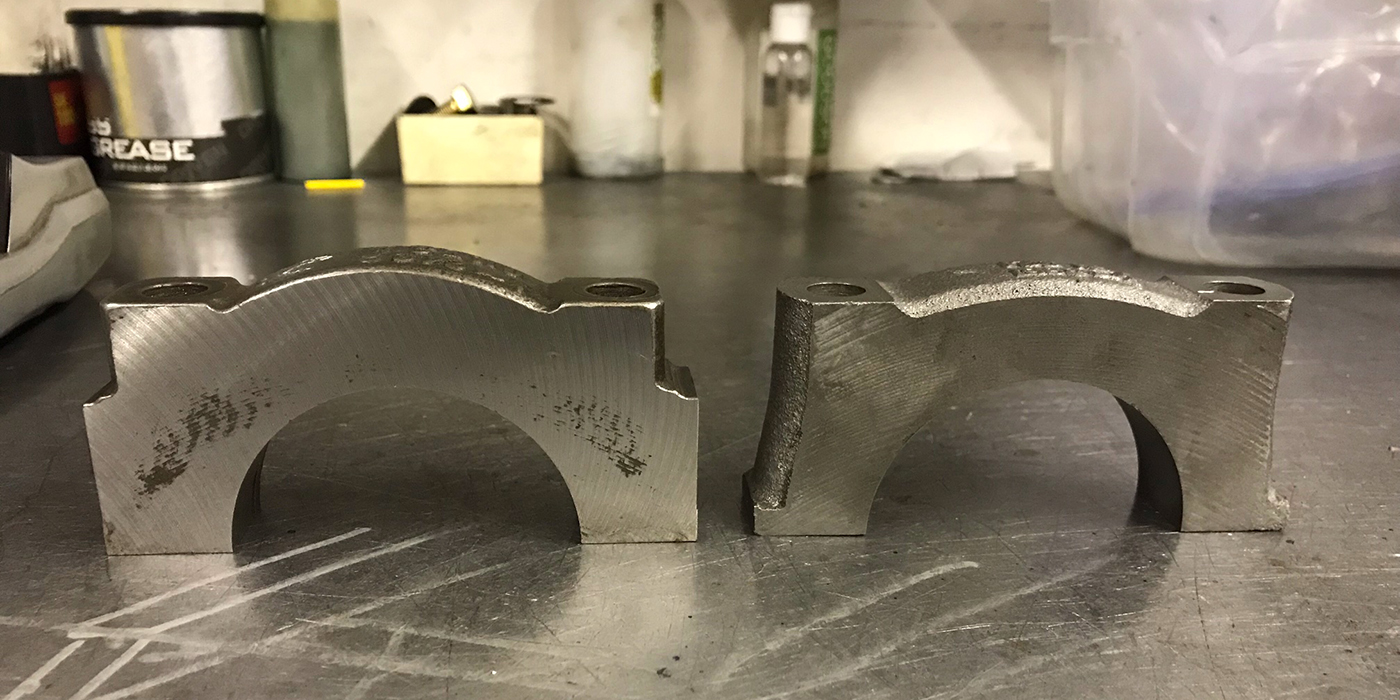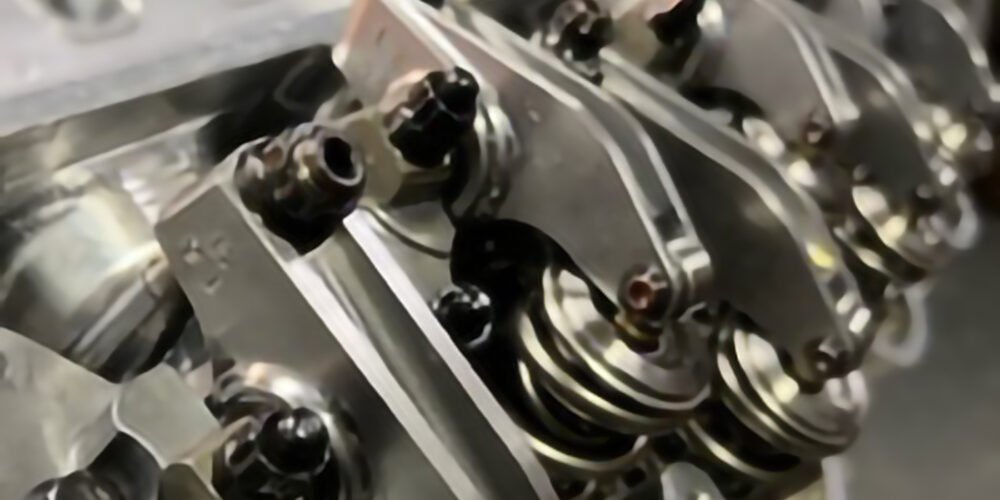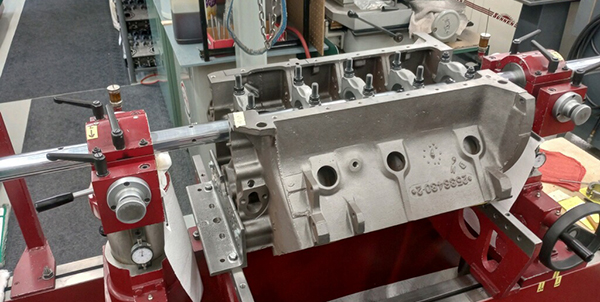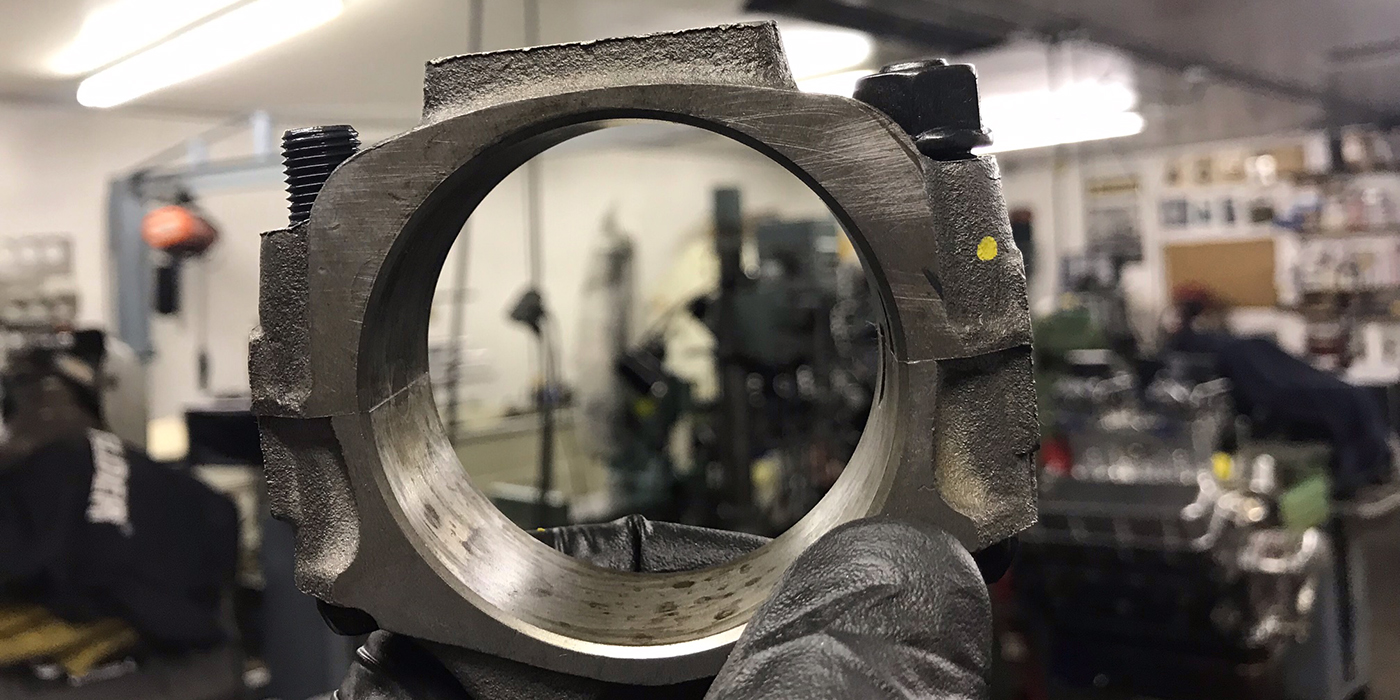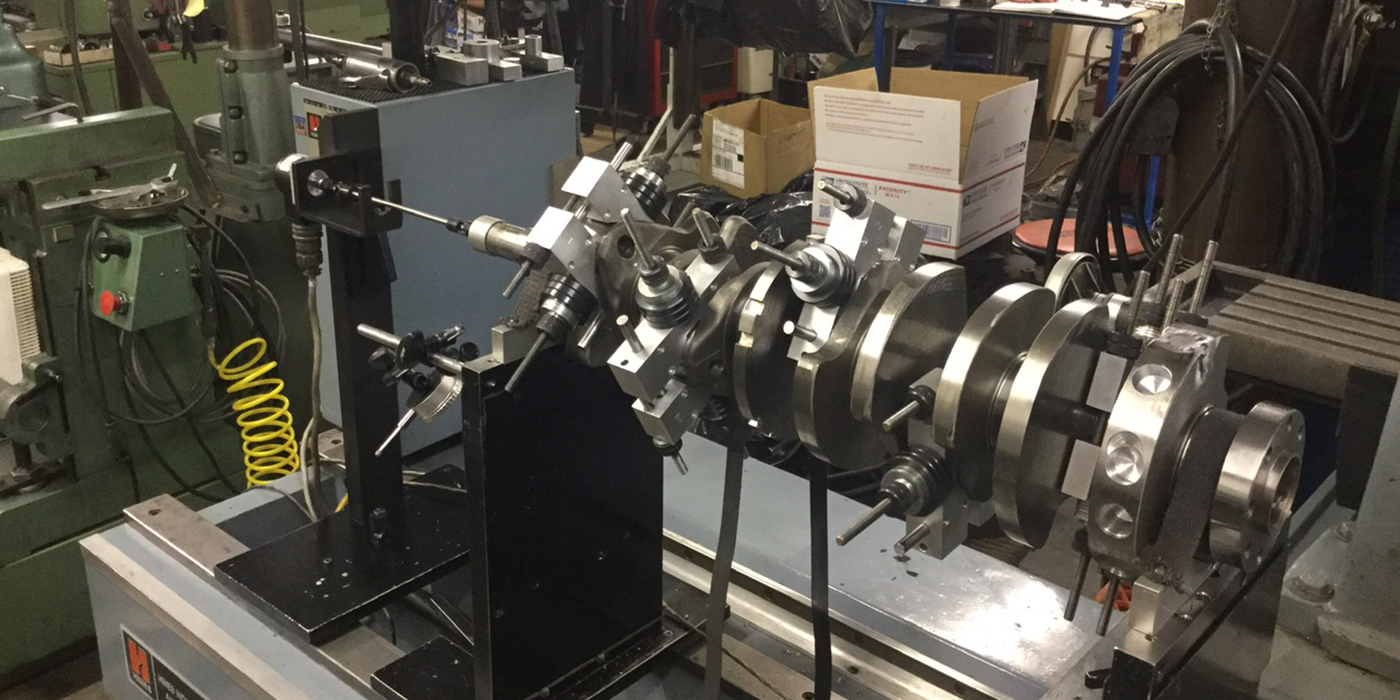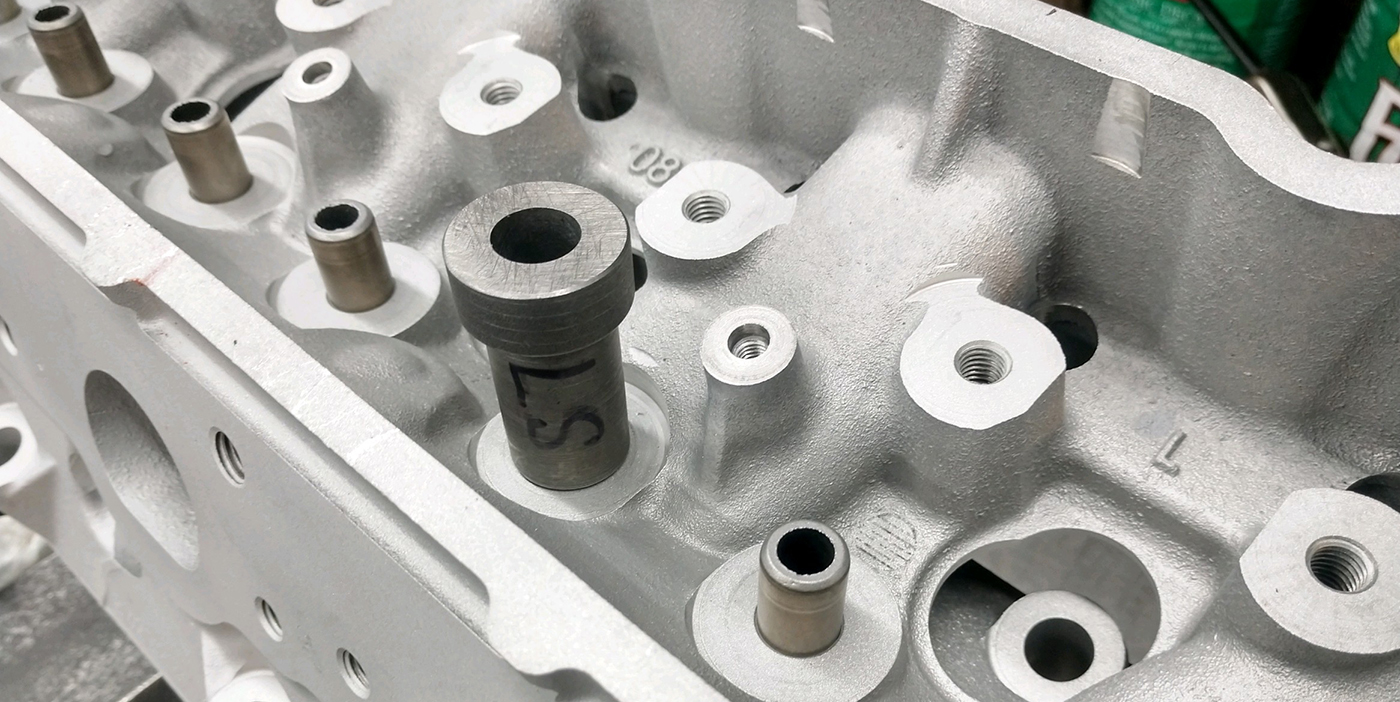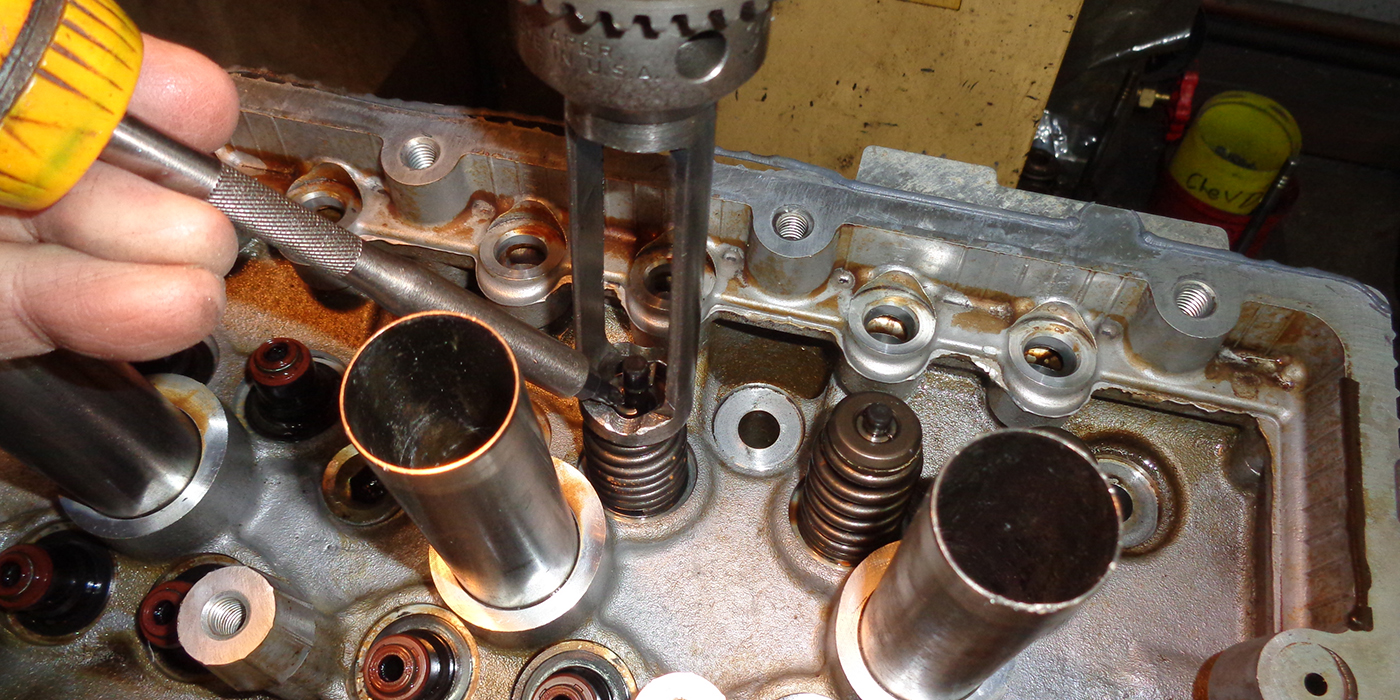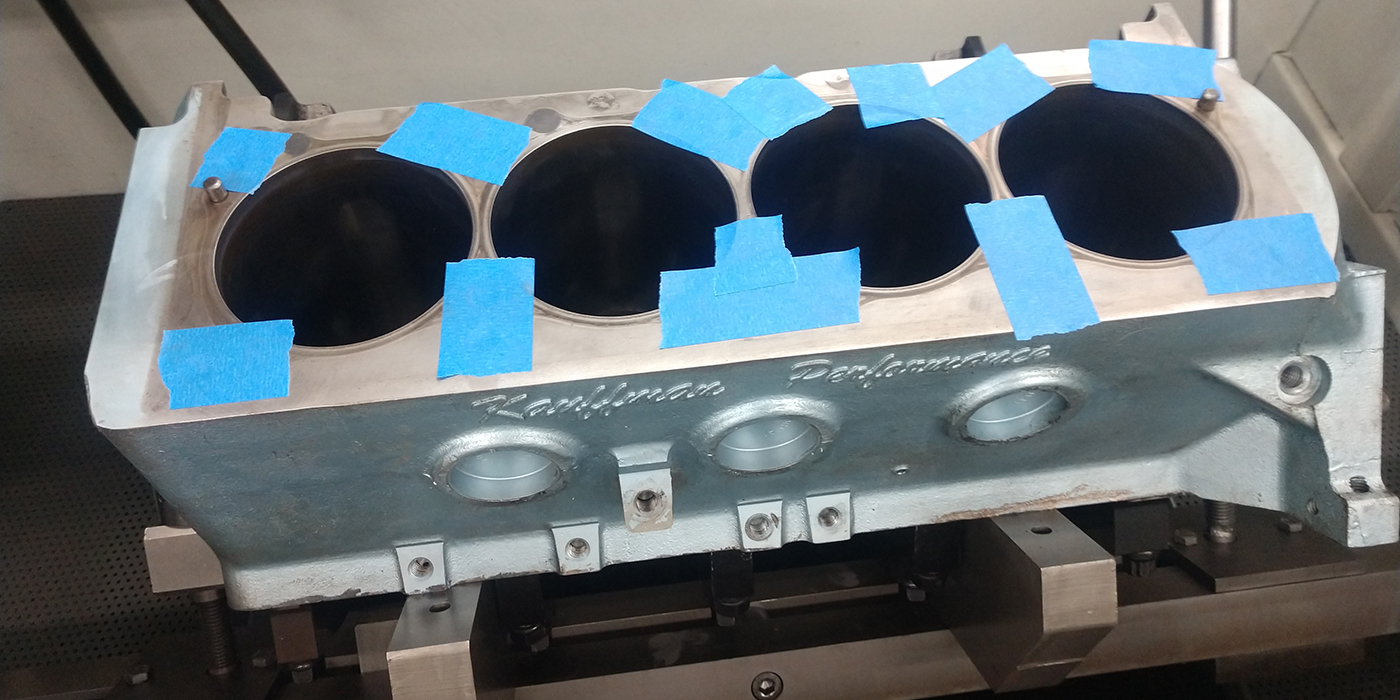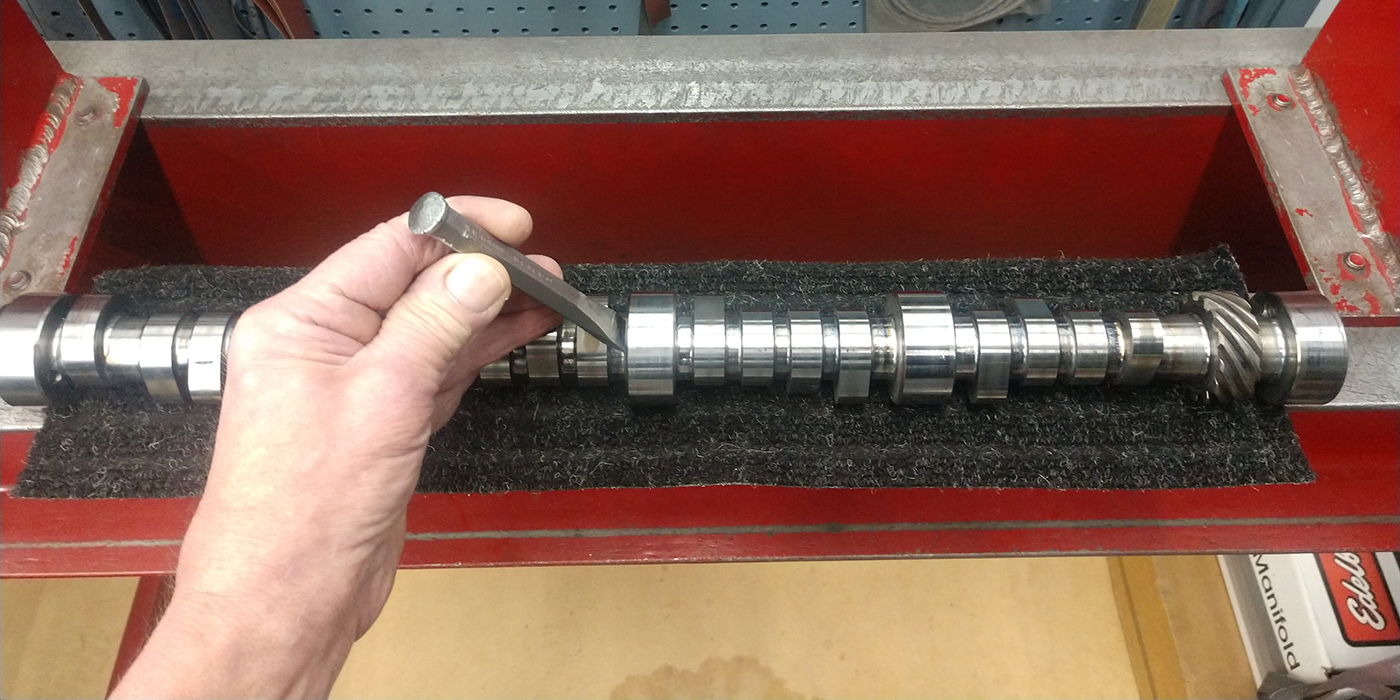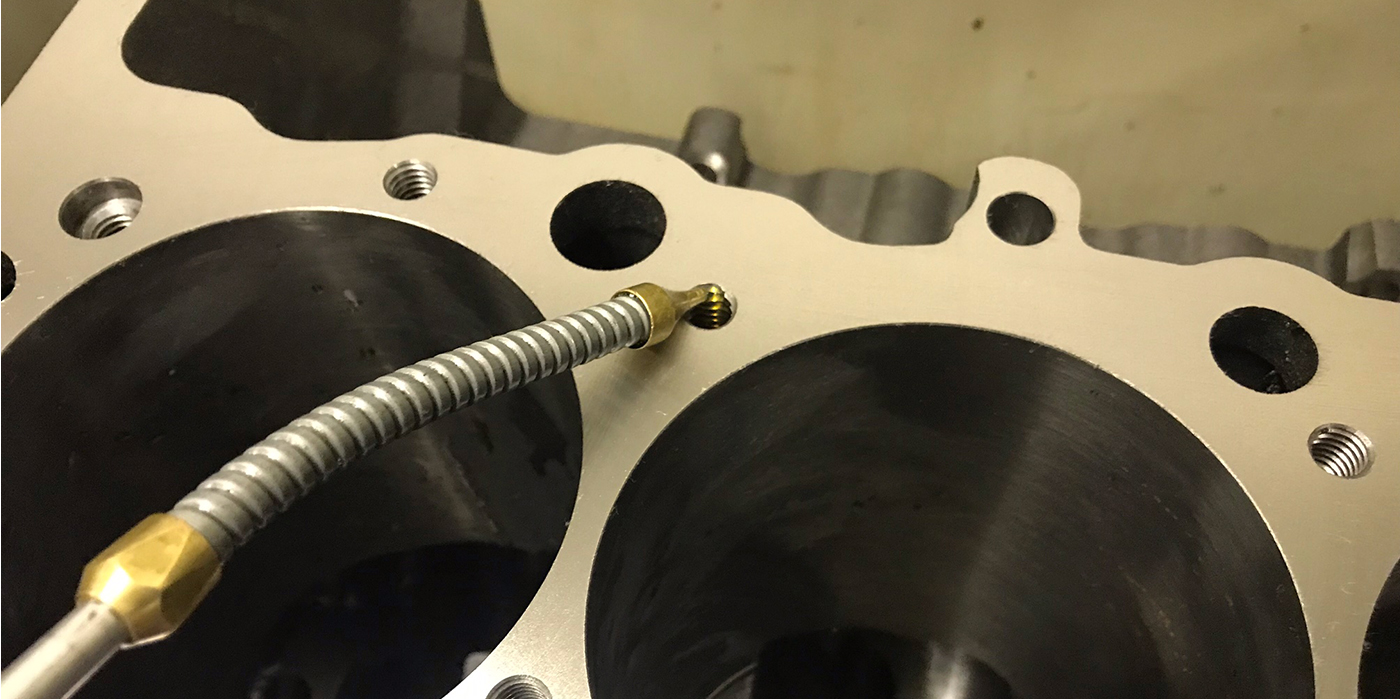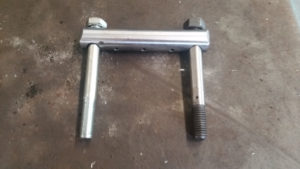
BIG D HEAD HANDLE
Diesel cylinder heads are heavy and can be dangerous to move around. I use a rocker arm shaft and bolts from a Detroit to make a handle for carrying Detroit heads around the shop. It helps keep my fingers in working condition and keeps the head in good shape as well.
Bruce Lizotte
Lake Park Auto Machine
Palm Beach, FL
PVC CAN BE A WONDERFUL TOOL
I have a 6-inch length of 3/4˝ PVC pipe I have used for maybe 25 years. I use it for pushing floater wrist pins out of pistons with no damage and to bottom washers on studded heads. I have used it to carefully push head gaskets onto studded blocks.
Where it really shines is with multi-layer-steel head gaskets on studded blocks, especially 16 stud big block Chevys and recently on an 18 stud small block Mopar R3 block.
After getting the gasket onto the longer studs, work the MLS gasket as best you can to envelop the next studs at least at the holes. Then with the length of PVC pipe over the obvious stubborn stud, gently rap with the heal of your hand or maybe tap smartly with a plastic hammer. Eventually as you work the hung up holes the gasket will finally just fall into place. I have not yet hurt any layers of a MLS gasket installing them this way.
Jim Feurer
Animal Jim Racing
Lacon, IL
MYSTERY OIL CONSUMPTION
Sometimes we get engines in the shop that have unexplained oil consumption. The rings, valve guides and seals all appear to be just fine. Valve guide replacement, spring cup modifications, heavy porting and machining rocker arm bosses are just some of operations that can cause oil to leak into the intake ports, once an engine is running and pulling vacuum.
To identify a problem area we first get the head clean and dry. Next, using your vacuum tester, pull vacuum through the intake ports while applying a colored liquid or dye on the valve cover side of the head. If it shows up in the port side then you can usually see the problem area.
Dave Matton
D and D Auto Machine
Bloomington, MN
PTFE REAR MAIN SEAL SERVICE
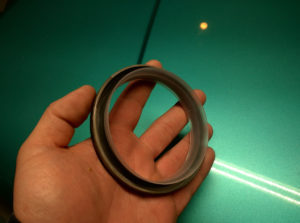
Polytetrafluoroethylene sounds impressive, and it is. This is the latest material used for rear main seals and was originally developed for the over-the-road diesel engine market, for maximum life. Care must be taken when installing these seals.
Unlike a traditional rear seal that needs some lubrication when installed, a PTFE seal must be installed dry and the crankshaft seal surface must be clean and dry as well. This facilitates a transfer of material from the seal to the crankshaft surface to form a very good and long lasting seal. Immediate leakage may occur if any lubrication is used on either the seal or crankshaft surface.
Engine Pro Technical Committee
with special thanks to Federal-Mogul Motorparts
IMPROVING THE BLASTING EXPERIENCE
Like most machines, our glass beader has two 75 watt lightbulbs hanging down from the inside top. These can cause a lot of shadows or glare in your line of sight and every once in a while, when you least expect it, a bulb shatters as if for no reason, raining glass everywhere inside. While at the RV store recently, I saw they sold LED strip lights that run on 12 volts – and the cost was very reasonable. We found a cheap 1-amp motorcycle trickle charger/battery maintainer at a yard sale for $2.00 and it works perfectly to power our LEDs with.
Our strip lights have self adhesive tape on the back and have stayed in position for about two years now. We ran the entire 12 foot strip around the inside of the window, and now we have a shadow free view of what we are blasting. These lights are intended to be used under an awning for light at night.
I also was tired of replacing the expensive safety glass on a regular basis, so we got some remnants of Lexan from the home store, about 3/16” thick, like they use in storm doors. It works fine for about a month or so, then it fogs over.
My solution for that problem is to clean & polish it with “Gel-Gloss” or boat polish that can be found at marine stores. We leave the “Gel-Gloss” next to the beader, and instructed the operator to polish it as required. That way, if the operator has to polish the Lexan, he makes sure he blasts away from it. This keeps it clearer longer by giving him more responsibility for keeping it clear.
Timm Jurincle
Tuf-Enuf Auto & Marine Performance
Avondale, AZ

